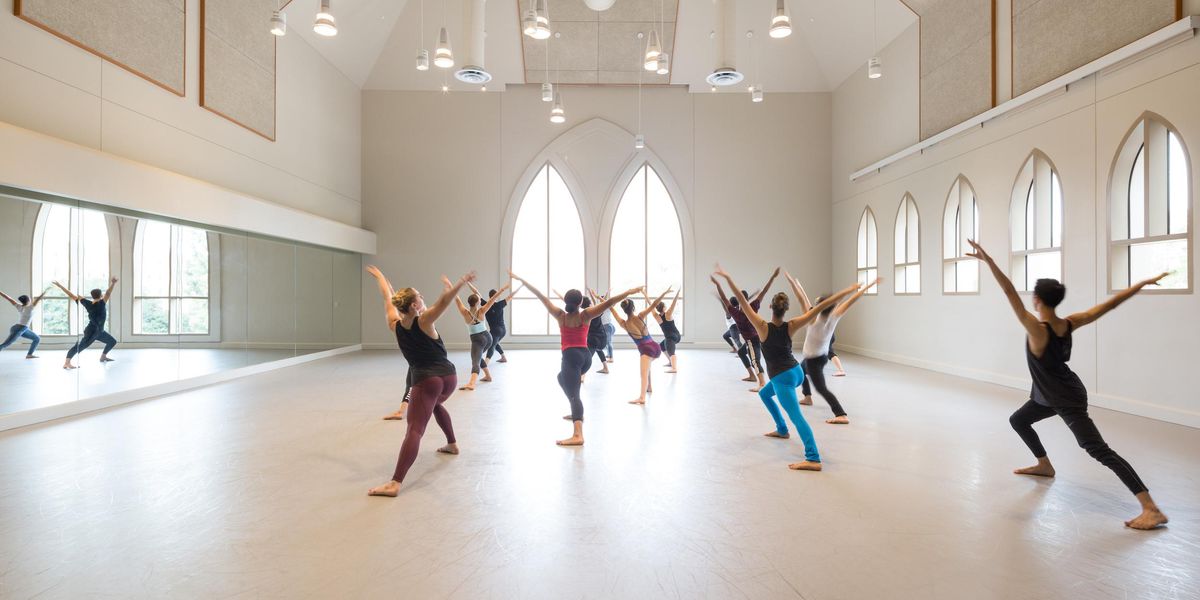Your Body Tips
Food Fight
Ever gotten stuck at the supermarket wondering whether quinoa or brown rice was the healthier choice? Now, your phone’s Google Search app can get you the answer ASAP. Simply type in “quinoa vs brown rice”—or any other two foods you want to pit against each other—to see a side-by-side analysis of all their nutritional info. With just a quick glance, you’ll see that quinoa is slightly higher in calories, but it offers higher percentages of nutrients.
Weird But True
Our feet have about 250,000 sweat glands—more than any other part of the body. Moisture-wicking tights or baby powder can help prevent perspiration from breaking down your shoes prematurely.
The Comedy Remedy
Who knew that laughing could keep you out of the ibuprofen bottle? A healthy dose of the chuckles has been reported to dull pain by causing the brain to release the body’s natural painkiller: endorphins. A study conducted by scientists at the University of Oxford found that test subjects who viewed about 15 minutes of comedy increased their pain tolerance by 10 percent. So the next time you find yourself with a break in your rehearsal schedule, spend it with friends who make you giggle—your muscles will thank you for it.
Right: photo by Jayme Thornton.
Are You OD’ing on Sodium?
Put down the salt shaker: Consuming too much sodium can leach potassium from your body. That’s especially dangerous for dancers, since a deficiency could cause fatigue, dizziness, heart palpitations and muscle spasms. If you’re looking for a pre-rehearsal snack, reach for potassium-rich foods, like dried apricots or bananas.
Mind Over Muscles
As dancers, we train our bodies every day. But what about our minds? After Navy SEAL recruits went through eight weeks of mindfulness training (a practice derived from Buddhism that develops exceptional awareness), brain scans showed they had become more resilient and able to perform optimally in stressful conditions—even a full year later. Mindfulness training can teach you to become intensely tuned in to your body’s sensations without reacting to them, allowing you to overcome obstacles (like sore muscles or achy joints) that might have otherwise held you back.
Try it: In the morning, sit in a comfortable position for 10 minutes with your eyes closed. Pay close attention to your breath, mood and sensations in your body. Don’t judge, just notice. When your mind wanders, gently redirect it to your breath.
Ask a PT: Should I Wear Compression Tights?
“Wearing compression tights between performances can help you recover more quickly by reducing swelling in the muscles—we often recommend them if you’re performing choreography that involves fast, repetitive jumps or if the stage is hard. Compression sleeves can also help support an injured area while dancing if you are recovering from an acute muscle strain. But I wouldn’t recommend them for class on a regular basis—you want adequate blood flow to provide oxygen to the working muscles.”
—Jenna Calo, orthopedic physical therapist at Body Dynamics, Inc., in Virginia
Right: photo courtesy 2XU and Melbourne Ballet.




